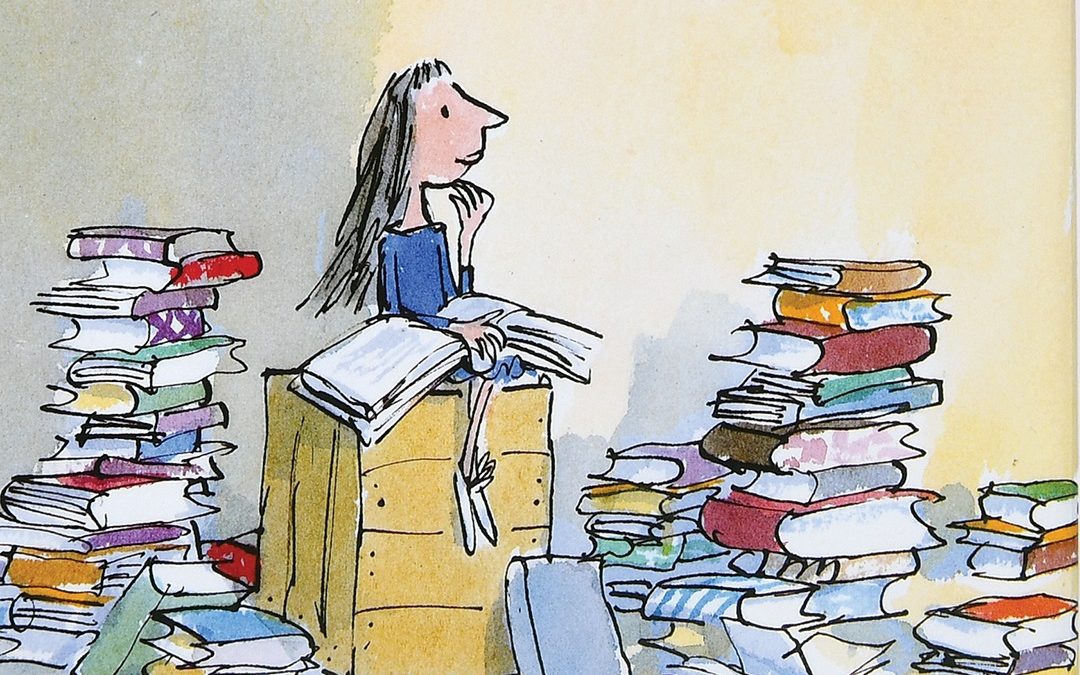
Drawn Together – The Synergy Between Writer and Artist
Alice’s Adventures in Wonderland opens with an arresting illustration of the White Rabbit and the first thought from Alice is “what is the use of a book… without pictures or conversations?” It’s a great joke as Lewis Carroll shows us his book will have both pictures and conversations, but it’s the picture that starts it all.
In fact, picture books are usually the first books we encounter in our lives before text starts to creep in. As we develop as readers the text acquires greater presence and, ultimately, most books dispense with pictures altogether. In this blog I’d like to look at some of the great partnerships when pictures and text are of equal importance and author and illustrator both contribute equally to the success of a book. When magic happens, the result is greater than the sum of the parts.
Lewis Carroll and John Tenniel
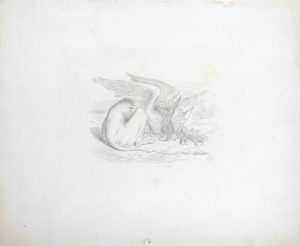 When Lewis Carroll decided to publish Alice’s Adventures in Wonderland, he tried to illustrate it himself but came to the conclusion that ‘it would take much more time than I can afford, and the result would not be satisfactory after all’. He therefore asked John Tenniel, one of the leading political cartoonists of Punch magazine, to undertake the job.
When Lewis Carroll decided to publish Alice’s Adventures in Wonderland, he tried to illustrate it himself but came to the conclusion that ‘it would take much more time than I can afford, and the result would not be satisfactory after all’. He therefore asked John Tenniel, one of the leading political cartoonists of Punch magazine, to undertake the job.
Originally Tenniel agreed ‘on about 34 pictures’ but would eventually provide 42 illustrations. He worked closely with the author and the two men discussed the book in detail. Indeed, such was Carroll’s respect for his illustrator that he showed considerable patience while Tenniel worked slowly and then, on publication, withdrew the entire first printing when Tenniel expressed that he was dissatisfied with the printing of the illustrations.
When eventually published, reviews noted the extraordinary contribution of Tenniel. In The London Review on 23 December 1865 a critic stated “exquisite also are the illustrations… by Mr Tenniel – a most charming contrast, in their grace, delicacy, finish, and airy fancy, to the ugly phantasmagoria in which so many of the artists of the present day indulge”. A week later the same periodical was still gushing praise on the book noting “text and pictures will survive in the memory of the rising generation”.
Tenniel originally rejected the invitation to work on Through the Looking-Glass, but eventually agreed. Again, it was a collaborative effort and Tenniel even succeeded in cutting sections of the text (the “wasp” chapter). There’s no doubt Carroll was listening to the criticism of his illustrator.
Again, the result was a spectacular fusion of text and image. One of Tenniel’s biographers noted that there may be better drawings, but no better illustrations. When the copyright on Alice’s Adventures in Wonderland expired in 1907 most major publishers commissioned new illustrations to the general consternation of reviewers. Some of these new illustrations succeeded (work by Arthur Rackham, Mervyn Peake, Willy Pogany, and Ralph Steadman, for example), but the original drawings continue to hold a fascination with readers.
A.A. Milne and E.H. Shepard
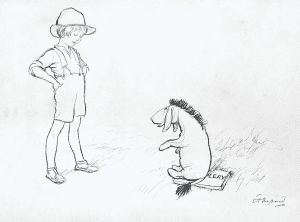 When Milne and Shepard both first worked for the magazine Punch, the author had little regard for his future illustrator. Milne is said to have asked Punch’s art editor, “What on earth do you see in this man?” and also gave his opinion that “he’s perfectly hopeless”. The art editor apparently replied simply “You wait”.
When Milne and Shepard both first worked for the magazine Punch, the author had little regard for his future illustrator. Milne is said to have asked Punch’s art editor, “What on earth do you see in this man?” and also gave his opinion that “he’s perfectly hopeless”. The art editor apparently replied simply “You wait”.
Milne later acknowledged his error and, introducing a collection of Shepard’s drawings in 1927 he wrote “the Shepard you see here is the one for whom I waited; whom, if the end, even I could not fail to recognize”.
Shepard visited Milne and got to know Christopher (Robin) Milne and his toys. He visited Ashdown Forest and immersed himself in the text. When the four Winnie-the-Pooh books were published the publishers broke with tradition. Traditionally a publisher would present text and then illustration. In these books the text frequently flows around illustrations and the two become a single story-telling unit.
Look at the first chapter of Winnie-the-Pooh. This is the story of Pooh trying to steal honey from some bees at the top of a tree. One of the first illustrations shows Pooh climbing to the top of the tree and is printed on the left margin of the page. On the right margin is the text “He climbed and he climbed and he climbed and as he climbed…” Only one word is printed on each line and, as readers, we move clumsily down the page of text as Pooh hauls himself up the tree. It’s a wonderful collaborative effect.
One critic argued that the texts and illustrations belonged together “as intimately as the echo does to the voice”. When Milne presented a first American edition of Winnie-the-Pooh to Shepard he inscribed it with an eight-line verse:
When I am gone,
Let Shepard decorate my tomb,
And put (if there is room)
Two pictures on the stone:
Piglet, from page a hundred and eleven,
And Pooh and Piglet walking (157)…
And Peter, thinking that they are my own,
Will welcome me to Heaven.
After the publishers had returned the original artwork to Shepard, he sold it in a series of exhibitions. As a result, some of the drawings – reproduced for a hundred years – are occasionally available on the market. As the drawings were often shrunk for publication, there is frequently more detail in the original piece and the artistic skill of Shepard leaps from the flat sheet of artist’s board.
Roald Dahl and Quentin Blake
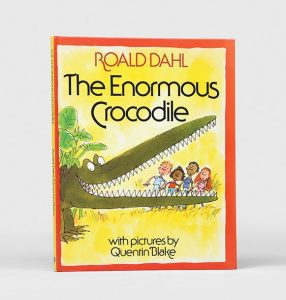 Dahl had published books for children since 1943 but it wasn’t until 1978 that he was introduced to Quentin Blake. Their first collaboration was The Enormous Crocodile and a prophetic contemporary review in the Times Literary Supplement stated that “the combination of Roald Dahl as storyteller with Quentin Blake as illustrator must be the recipe for a bestseller”.
Dahl had published books for children since 1943 but it wasn’t until 1978 that he was introduced to Quentin Blake. Their first collaboration was The Enormous Crocodile and a prophetic contemporary review in the Times Literary Supplement stated that “the combination of Roald Dahl as storyteller with Quentin Blake as illustrator must be the recipe for a bestseller”.
Many of Dahl’s earlier illustrators had a distinguished career (Faith Jaques, for example) but Blake’s distinctive style worked perfectly with Dahl’s subversive stories.
In his book, Words and Pictures, Blake explained his working method with Dahl. “It began”, Blake notes, “with reading”. Then, “after that I would produce rough sketches of likely incidents throughout the book and at the same time rather more developed drawings of what I thought the characters looked like”. When these drawings were ready Blake would visit Dahl at home and “we would sit and go through the drawings, and I would get Dahl’s comments”.
Frequently Blake would instinctively use his illustration to supplement one of Dahl’s aims. His drawings of Matilda prompted Dahl to write “what particularly delights me is the fact that you have accentuated, by all sorts of subtle juxtapositions, the tinyness of Matilda. Nearly everyone wanted her bigger, but the whole charm of it is that she is so frail and titchy. You have brought that out beautifully…”
After The Enormous Crocodile, Blake worked on The Twits (1980) then George’s Marvellous Medicine (1981). Dahl’s publishers quickly recognized that Blake and Dahl were synonymous. Dirty Beasts was first published in 1983 with illustrations by Rosemary Fawcett, but the Quentin Blake edition was published only a year later.
After Dahl’s death, Blake would start a retrospective series of drawings and eventually illustrate all of Dahl’s books for children. Charlie and the Chocolate Factory was first published in 1964, but the first Blake edition appeared in 1995. It is the Blake illustrations which are known and loved.
There are many other partnerships between author and illustrator in the collecting area of children’s books: L. Frank Baum with W. W. Denslow, Graham Greene with Edward Ardizzone, C. S. Lewis with Pauline Baynes, Dodie Smith with Janet and Anne Grahame-Johnstone, P. L. Travers with Mary Shepard, E. B. White with Garth Williams, or Margery Williams with William Nicholson. Such fruitful collaborations continue to this day, look at the partnership of Julia Donaldson with Axel Scheffler, for example.

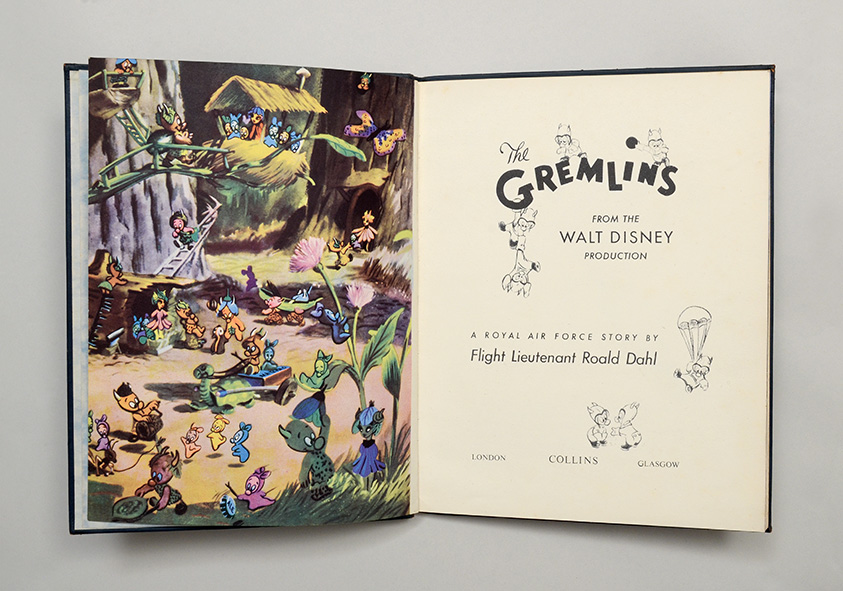
![DAHL, Roald. The Gremlins. From the Walt Disney Production. A Royal Air Force Story DAHL, Roald. The Gremlins. From the Walt Disney Production. A Royal Air Force Story. [1944] £12,500](https://www.peterharrington.co.uk/blog/wp-content/uploads/2016/09/83206_2.jpg)
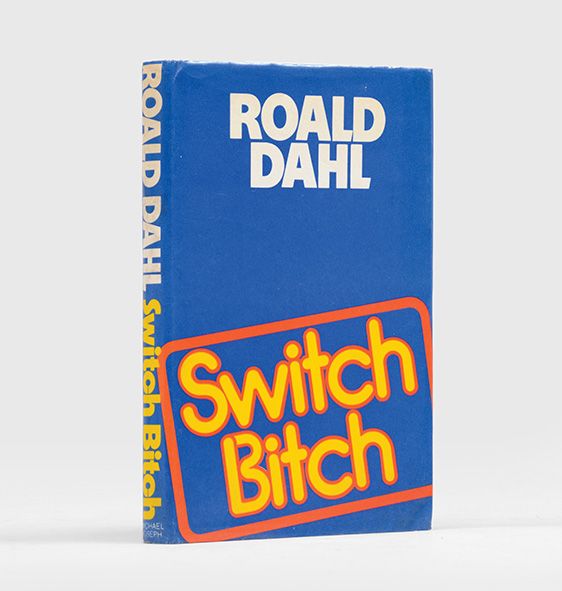
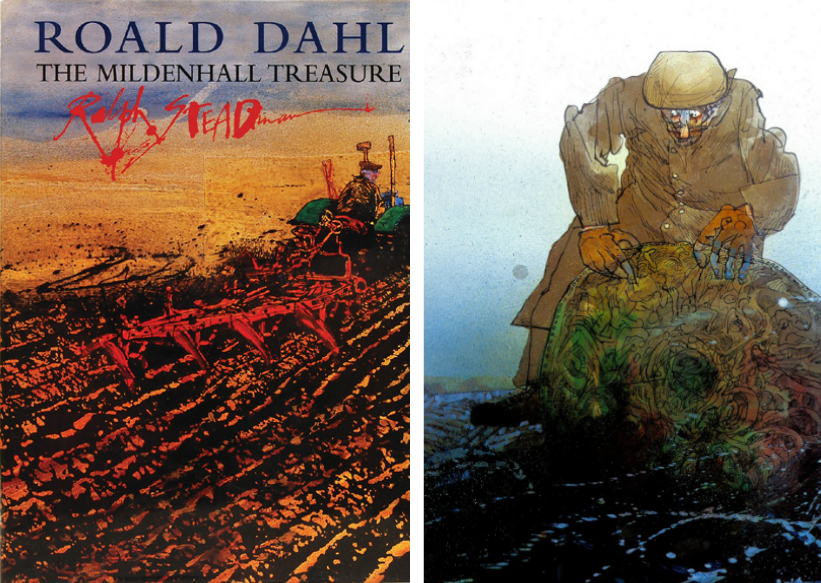
Recent Comments